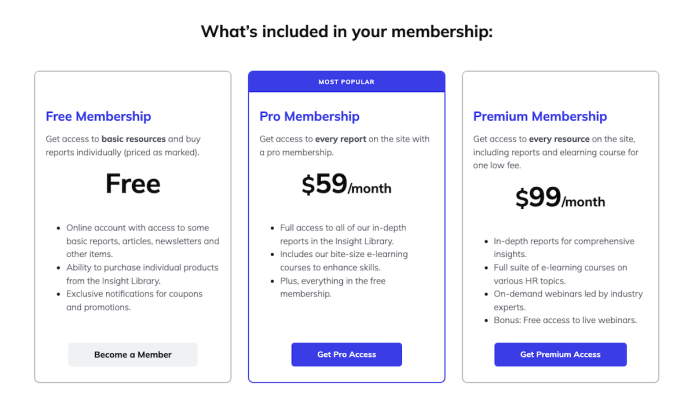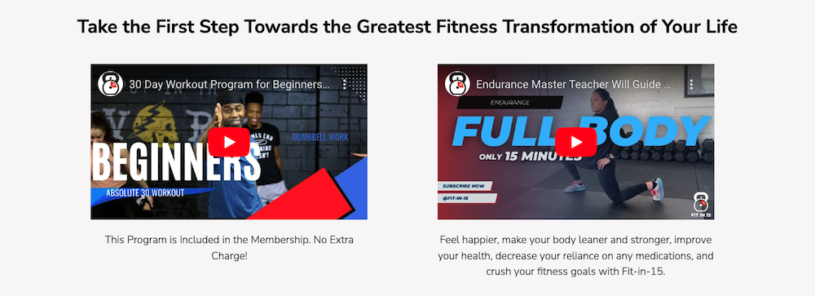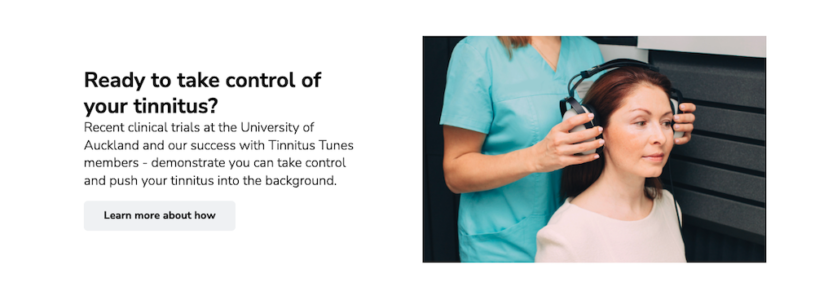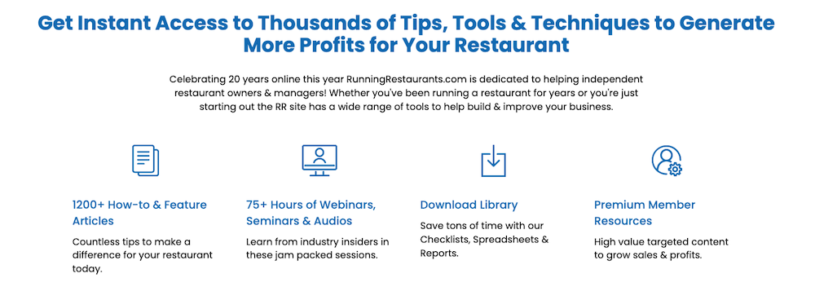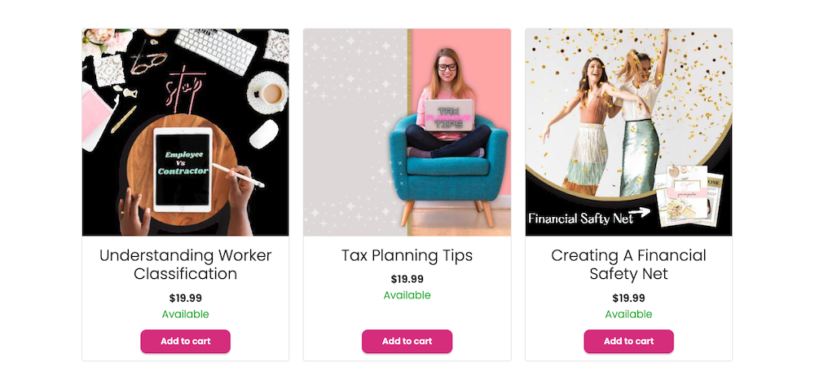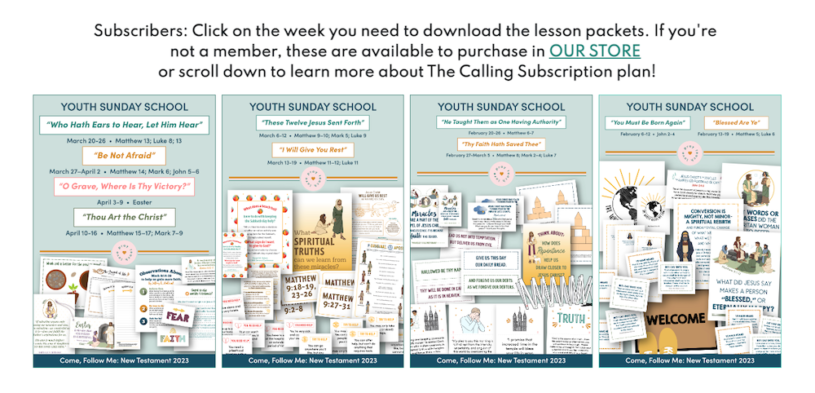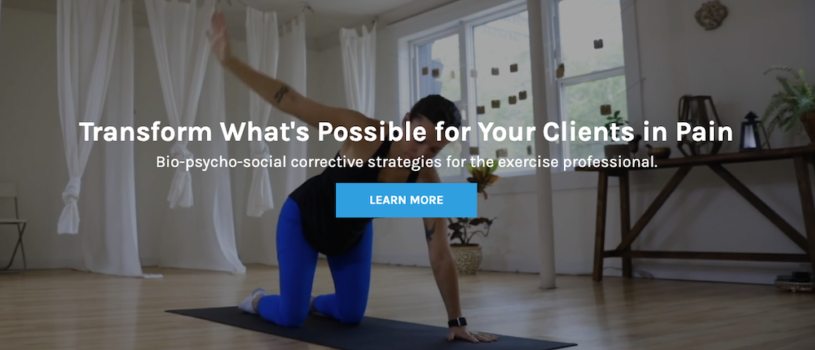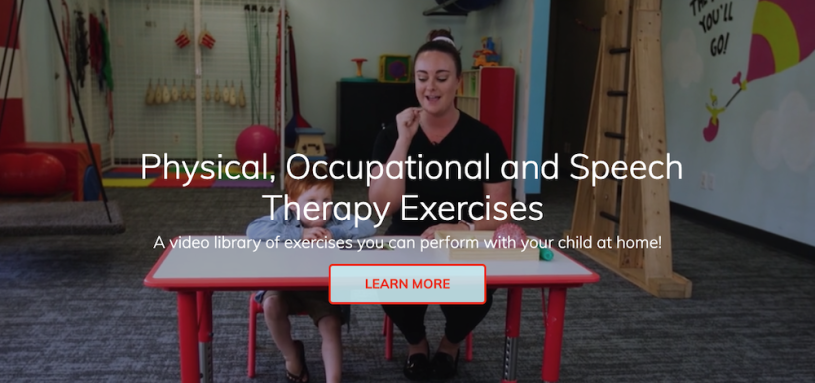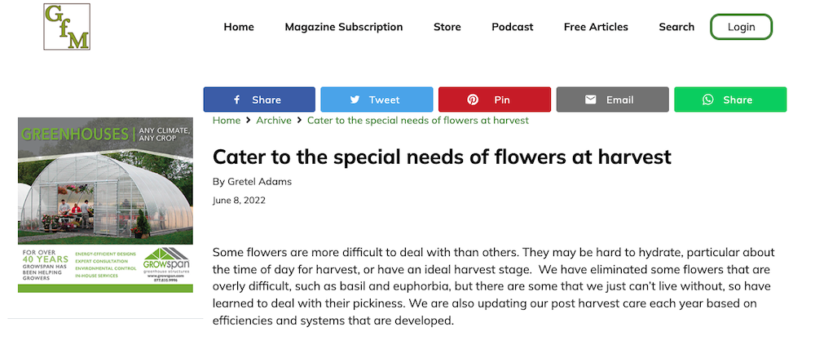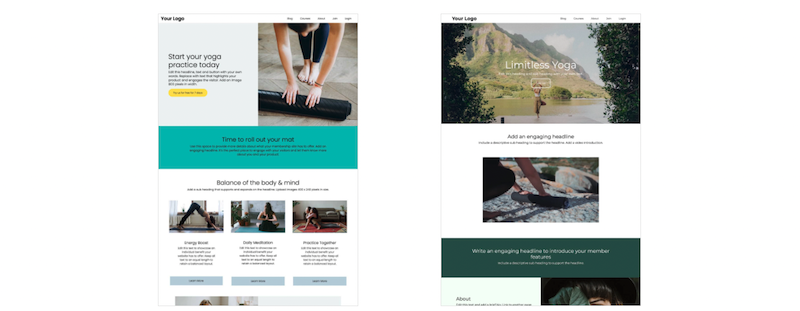
First impressions are crucial to preventing visitors from ‘bouncing’ off your website. You literally have less than 3 seconds to convince a first time visitor to scroll down. And your website’s design plays a major role in how your website is judged in those critical first seconds.
The importance of a well-designed website can’t be overstated. A professional looking website design instills trust and credibility and can make a difference in attracting and retaining customers.
Your website's design needs to be clean, user-friendly, secure and mobile friendly.
In order to deliver a visually appealing, user-friendly and effective website it’s key to make sure your website delivers on these five elements.
1. Follow current design trends
Following current website design trends is a strategic choice for projecting a professional and relevant image to your audience. It signals that your brand is modern and forward thinking.
By incorporating the trending minimalist style, your website will be clean, uncluttered and easily navigable to visitors.
Website owners often mistakenly believe that ‘everything’ must be presented on the homepage. In fact, the exact opposite is true.
Having a lot of content on a website homepage overwhelms visitors making the page cluttered and difficult to navigate.
Visitors typically spend only a few seconds scanning a webpage. The consequence of an overloaded page is that users may struggle to process the information. This can lead to decision paralysis and page abandonment.
Mobile users, in particular, find it challenging to navigate a homepage with excessive content which can result in excessive scrolling.
Your homepage should provide a clear and focused introduction to your brand, its products or services and key calls-to-action. Too much content dilutes this focus making it harder for visitors to understand the main purpose of the website.
Instead of overwhelming visitors with an abundance of information on the homepage, it's best to prioritize clarity, simplicity and ease of navigation. Focus on highlighting key information and calls-to-action that guide visitors toward their intended goals. Save detailed content for interior pages. Let your users decide if they want to explore more.
Specific elements of minimalist website design:
- Clean, uncluttered layout
- Limited color palette
- Effective use of white space
- High-quality imagery
- Responsive design
- Fast loading pages
2. Choose readable fonts
Font choice plays a multifaceted role in delivering both readability and brand identity to your website design.
Every font presents its own distinctive visual aesthetic. So it’s important to carefully choose a font that matches the character of your website. For example, a playful, rounded font like Quicksand suits a website targeting children while Roboto’s lean, condensed proportions is often chosen for fitness websites.
Another important factor in font choice is ‘readability’. Select a font that is easy-to-read across multiple screen sizes. Sans-serif fonts are generally preferred for online readability.
Use a limited number of fonts. It’s recommended not to use more than three font types on a website. Choose a primary font for body text and a secondary font for headings. Having a clear distinction between these two fonts helps establish hierarchy and enhances readability.
Font consistency is another mark of professionalism in website design. Uniformity in font choices, sizes, styles and colors establishes a clear visual hierarchy to your content. It fosters readability and guides readers seamlessly through the content.

3. Use videos to boost engagement
Videos are an impactful medium to incorporate on your website homepage. They are proven to capture a visitor’s attention more effectively than static images or text.
Videos draw users in and encourage them to stay longer. They can provide a visual demonstration of your offering and create a memorable first impression of your product.
Including videos can also have SEO benefits. Search engines often prioritize websites with video content in search results. Additionally, videos often encourage visitors to linger on a page.
The length of time a user spends on a web page, known as "dwell time," can have significant SEO impact. When a user spends a longer time on a web page, it signals to search engines that the content satisfies the user's query or intent. This will improve your web page’s ranking.
4. Optimize for mobile experience
With more people accessing the web on mobile devices than desktop computers, it’s essential to provide a seamless experience for smaller screens.
Test and confirm that your website’s design responds to various screen sizes and resolutions. A responsive design should adapt to various screen sizes and orientations.
Your web pages should be fast loading. A slow website affects user experience and can result in page abandonment.
The likely culprit of slow loading pages is often the presence of large file sizes of images, videos and other media. Compressing images and optimizing media files for the web can help reduce file sizes and improve loading speed.
Your navigation menus should be touch-friendly and intuitive across devices. Utilize mobile-specific navigation patterns such as hamburger menus, collapsible sections, and sticky headers to conserve screen space and simplify navigation.
5. Present a secure website
Visible website security significantly influences the first impressions of visitors. Websites that appear unsecure erode trust and lead visitors to swiftly bounce away.
Conversely, a website displaying tangible signs of security sends a clear message of reliability and commitment to user safeguarding.
A site secured by https encryption, an SSL certificate, displaying a privacy policy and transparent opt-out cookie policy fosters user confidence.
It informs the visitor that you take your commitment to their data protection and privacy seriously.
Conclusion
Designing a professional-looking website involves a combination of thoughtful planning, attention to detail and adherence to best practices. By following these five tips, you can create a website that functions effectively, engages users and establishes credibility.


